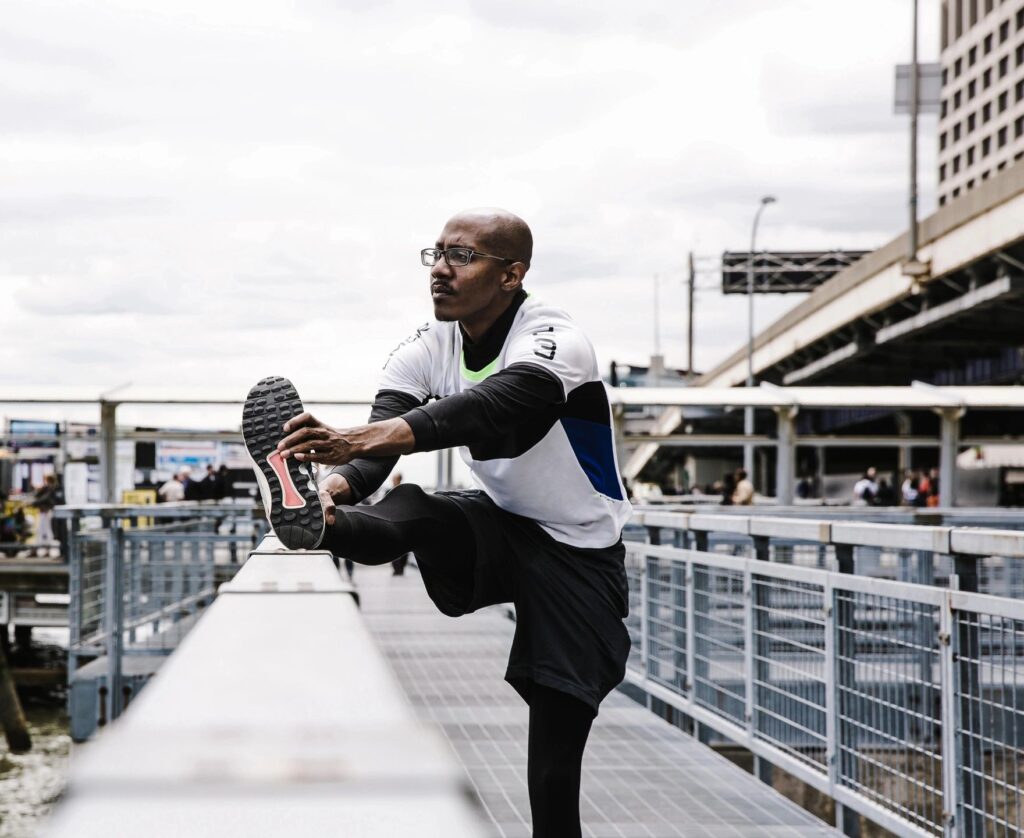Sports Massage for Shin Splints

What are shin splints?
Shin splints (anterior compartment syndrome) are a common condition that causes pain along the tibia (Shin bone). Clients typically report their pain in the front of the lower leg and it is typically worse during or after exercise. This condition is a result of overuse, running on hard surfaces, increasing intensity or duration of exercise involving the lower leg muscles too quickly and/or shoes that provide poor support. In most cases sports massage can quickly and effectively resolve your pain and get you back to the activities you love.
How does sports massage help shin splints?
- Reduces muscle tension: when we treat the muscles of the lower anterior compartment we can soften the tissues and increase mobility. This allows the muscle to relax therefore reducing tension on the insertion point of the tibia.
- Faster Healing: Increasing blood flow to the affected tissue not only helps reduce tension but it allows the tissue to heal faster by bringing nutrients to the area.
- Reduces inflammation: Sports massage stimulates the lymphatic system, which aids in removing waste products and reducing swelling. By booking a Sports Massage you can alleviate edema and promote the healing.
- Identifying biomechanical issues: A skilled sports massage therapist can assess your movement patterns and identify any biomechanical imbalances that may contribute to shin splints. They may provide recommendations for corrective exercises, stretching techniques, or modifications to your training routine to address these issues. For example, your therapist may notice that your ankle mobility is compromised or your foot is pronating and the arch is beginning to collapse. These insights into your biomechanics can help prevent you from re injuring yourself in the future.
What can I do at home to help heal my shin splints?
- Foam Rolling: Foam roll the tibialis anterior muscle until your symptoms improve.
- Rest: It’s crucial to allow your body time to recover. Reduce or avoid activities that worsen your shin splints, such as high-impact exercises or running. Give yourself adequate rest periods between workouts to allow the affected muscles to heal.
- Ice therapy: Apply ice packs or use ice massage on the affected area for 15-20 minutes at a time, several times a day. Ice helps reduce inflammation and provides pain relief. Be sure to wrap the ice pack in a thin towel to protect your skin.
- Compression: Consider wearing compression sleeves or wraps around your lower leg to provide support and reduce swelling. Compression garments can help minimize excessive movement and promote blood circulation.
- Elevation: Whenever possible, elevate your legs to reduce swelling. Prop your legs up on a pillow or cushion to encourage fluid drainage and alleviate pressure on the shins.
- Non-steroidal anti-inflammatory drugs (NSAIDs): Over-the-counter NSAIDs, such as ibuprofen or naproxen, can help relieve pain and reduce inflammation. Follow the recommended dosage and consult your doctor if you have any underlying medical conditions or are taking other medications.
- Stretching and strengthening exercises: Gentle stretching exercises for the calf muscles, such as calf stretches and toe raises, can help improve flexibility and reduce muscle imbalances. Strengthening exercises for the lower leg and foot muscles can also contribute to the healing process and prevent future shin splints.
- Proper footwear: Ensure you’re wearing well-fitting shoes with adequate cushioning and support that are appropriate for the type of activity you participate in.
Remember, these are general recommendations and may not be suitable for everyone. If your shin splints persist or worsen despite home care efforts, it’s essential to consult with a healthcare professional or sports medicine specialist for a thorough evaluation and personalized treatment plan.
If you are experiencing any of these issues check out the links below!